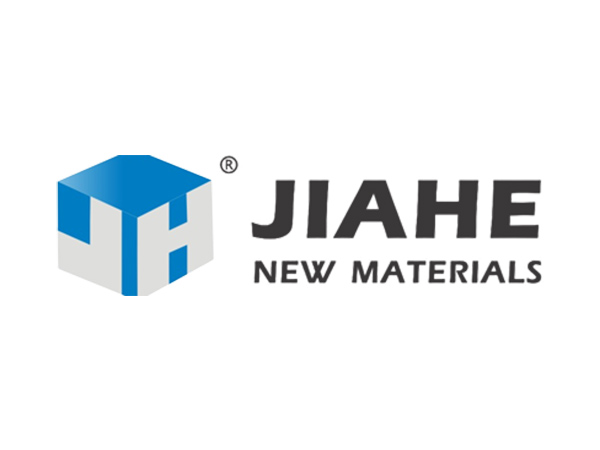The synthesis of 4A zeolite usually uses kaolin as the main raw material, which is prepared by calcining and activating it and then reacting it with sodium hydroxide. The following are typical synthesis steps:
1. Calcination of kaolin: Kaolin is calcined at 600-800℃ to form active metakaolin;
2. Alkali fusion treatment: Metakaolin is mixed with NaOH solution and reacted under appropriate conditions to form 4A zeolite;
3. Washing and drying: The product can be used for practical applications after centrifugal separation, washing and drying.
Properties
4A zeolite has a regular pore structure with a pore size of about 4Å, so it is named “4A”. Its characteristics include:
– High specific surface area: suitable for adsorption separation.
– Excellent ion exchange capacity: particularly suitable for removing hardness ions (such as Ca²⁺, Mg²⁺) in water.
– Good thermal stability: maintains the integrity of the crystal structure under high temperature conditions.
Application fields
1. Detergent additives: 4A zeolite replaces phosphates, is environmentally friendly and has excellent performance;
2. Water treatment: used to soften water and remove heavy metal ions;
3. Catalytic carrier: used as a catalyst carrier in the petrochemical industry to improve reaction efficiency;
4. Gas separation: selectively adsorb specific molecules (such as CO₂ or nitrogen).
In the future, 4A zeolite will play a more important role in green chemistry and sustainable development. Optimizing the synthesis process, reducing costs and exploring new application areas are the research directions.


